The importance of horse hoof care
By: Nestor Imberti Posted: 26/08/2022
Horses spend most of the day on their feet. Except in the brief periods of sleep when they are lying down, their legs, and their hooves in particular, support all their body weight.
The hoof is the outer layer of a horse’s foot and its main function is to protect the delicate internal structures such as bones, tendons, blood vessels and nerves.
Besides, it is a shock absorber in itself when the hoof makes impact with the ground.
We must bear in mind that hooves not only support the horse’s weight, but also that of the rider.
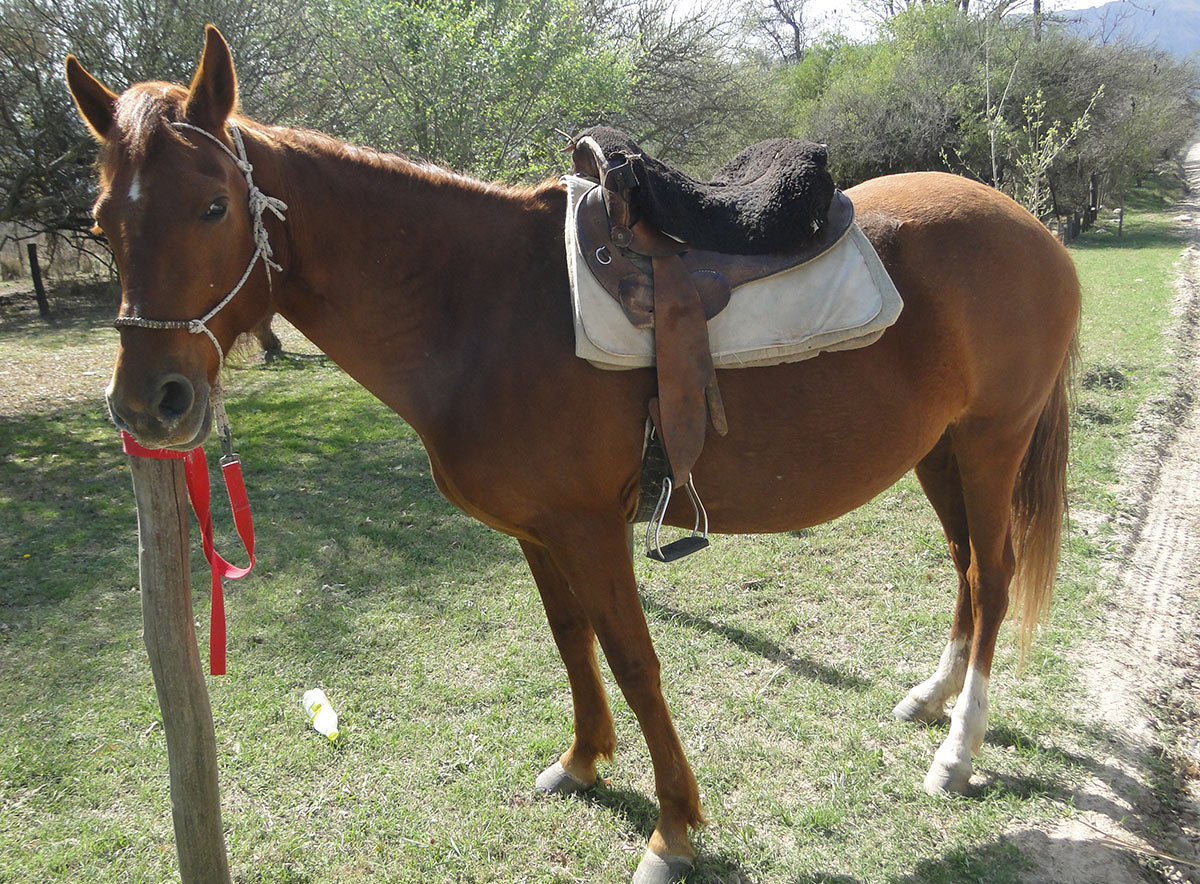
Therefore, strong and healthy hooves are crucial.
Horse hooves never stop growing, but domesticated horses do not wear down their hooves naturally like wild horses do. It is generally agreed upon that shod horses need their feet trimmed every five to eight weeks.
Before shoeing a horse, daily cleaning is essential.
Poorly maintained hooves can lead to serious health problems for horses.
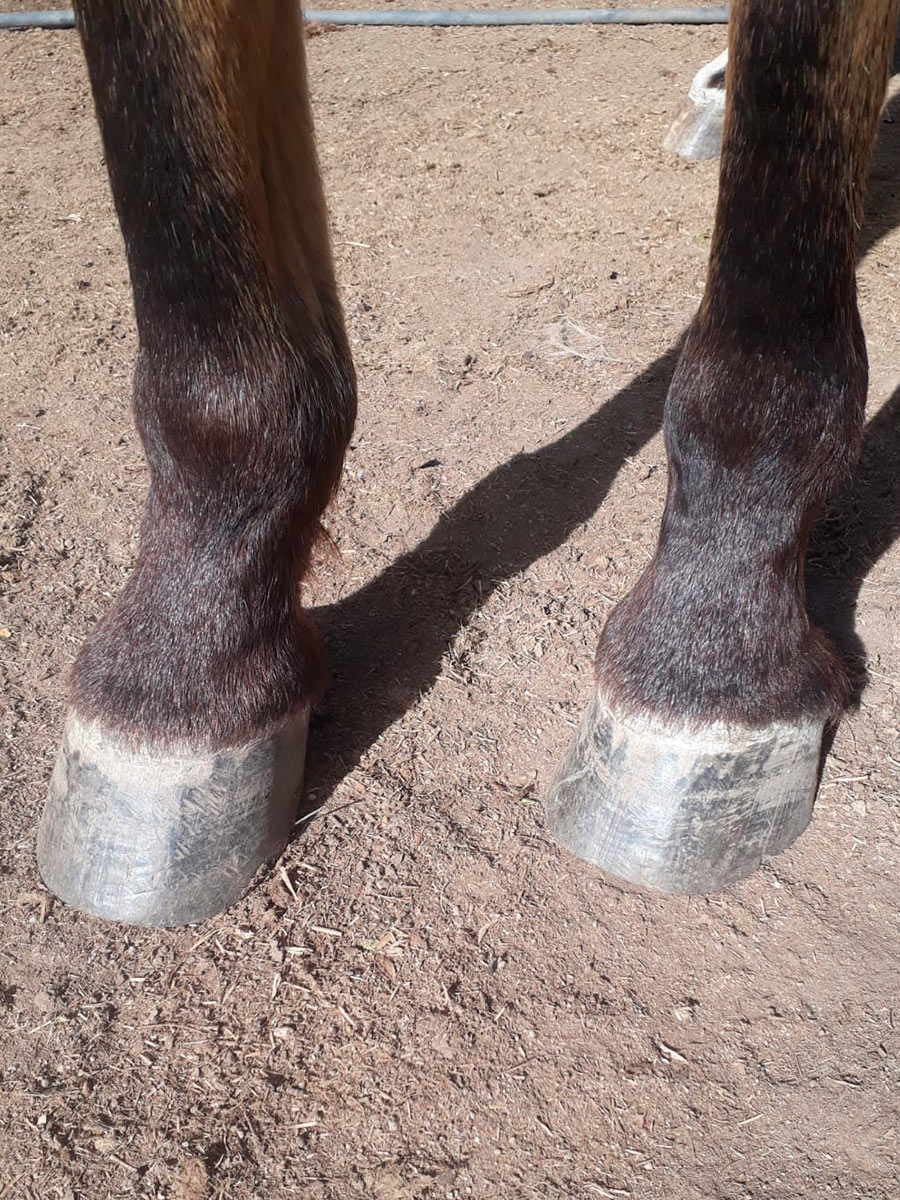
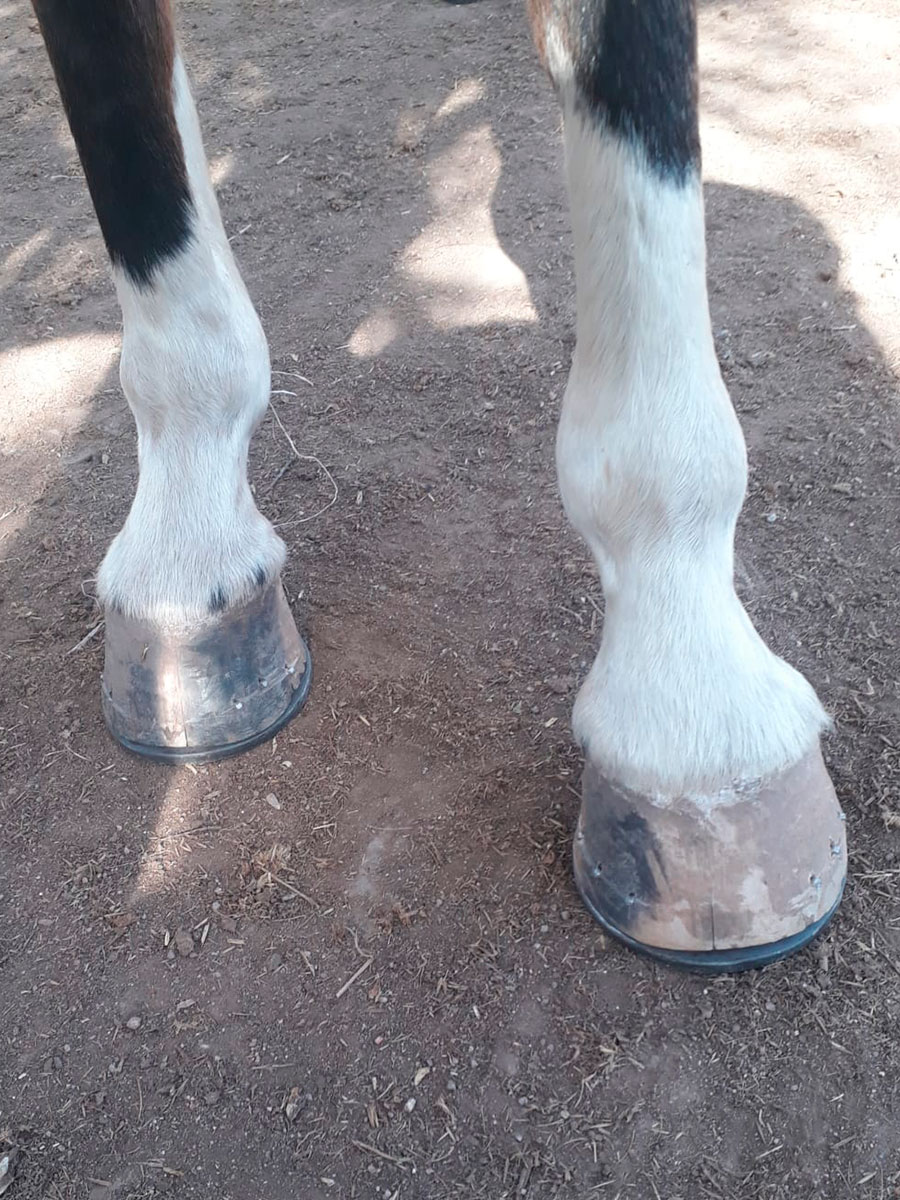
Horse hoof anatomy
Before talking about hoof care and health, we will see the different parts of a horse’s hoof.
The hoof is mainly divided into three structures:
- Wall: This is the hard, horny outer covering that is encircled by the coronary band.
- Sole: This is the underside of the hoof. It is a bit concave and helps to protect the inner workings of the hoof.
- Frog: It acts as a shock absorber when the horse moves and aids in traction and circulation allowing the contraction and extension of the hoof.
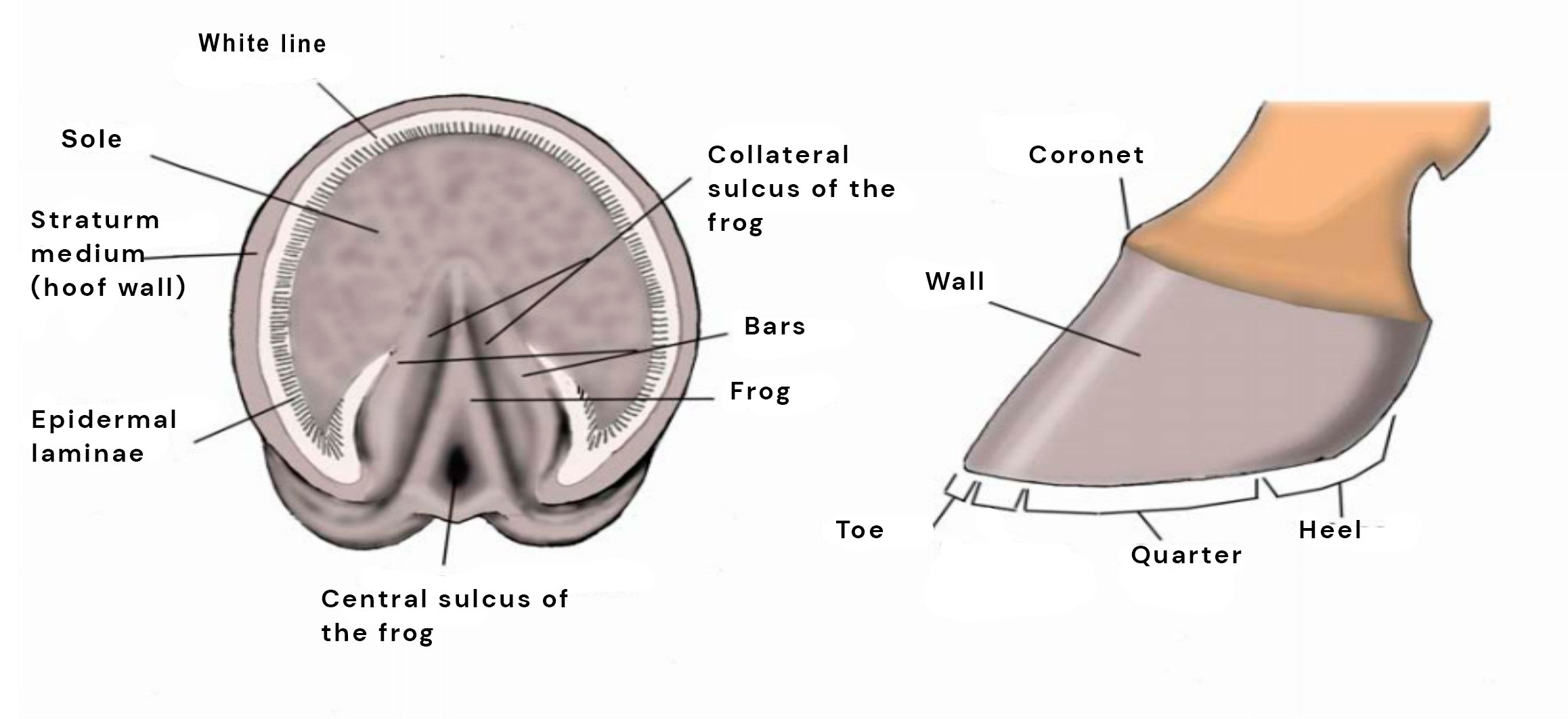
Both the wall and the sole of the hoof are made of hard keratin, while the frog has a softer, more elastic type of keratin.
In the picture, we can see that the sole is surrounded by a white line and an inner wall (stratum medium). This is where you put the nails of the horseshoe.
Would you like to be part of a group with an equestrian soul?
Join the Ampascachi Community. Obtain exclusive benefits for your holidays.
We tell you how to start, train and take care of your horse.
Interviews with direct providers of riding tours around the world.
Opinions of outstanding equine scientists and personalities in the equestrian sport world.
What happens if we don't take care of our horse's hooves?
A poorly maintained hoof can lead to serious health problems for horses, triggering a series of issues that may not be directly related to the hooves.
Because there are so many problems that can develop in horses with “bad” hooves.
As Dr. Lena Clifford explains in this example in Horse & People:
- A horse has trouble setting its right forelimb on the ground.
- To avoid discomfort, it will instinctively shift its weight to the left leg.
- This forced posture causes shoulder asymmetry.
- When the horse is saddled, the saddle won’t fit well and will lean to the side.
- You will notice that asymmetry when the horse is walking. However, that doesn't matter. The problem is that one hoof is becoming more worn down than the other, which results in the so-called "low heel-high heel syndrome". This syndrome means that the horse will have a flatter hoof due to wear and tear.
- This uneven weight distribution causes the rib cage to be twisted, with pressure on the spine. The horse will have trouble breathing, and the muscles and nervous system will be affected.
- And, finally, the digestive system can also be affected by the pressure of the rib cage, which can lead to eating disorders and colic.

I think in this example we can clearly see the importance of hoof health.
How to detect if my horse's hooves are healthy?
Although the best way to make sure that your horse's hooves are healthy is to have a professional farrier look after them, as an owner you should know how to detect if something is wrong with your horse's hooves to avoid future issues.
That’s why we recommend checking the horse's legs and a series of parameters.
A healthy hoof must:
- Have an almost symmetrical shape, with a smooth, even and conical outer wall.
- Have a concave sole from the outer wall to the junction of the apex of the frog and the sole.
- The white line should actually be somewhat dull and bluish in colour, with an even width around the circumference of the wall and it should end two-thirds along the frog.
- The hoof sole should be connected to the white line at the same level as the hoof wall and the bars should run partway along the frog.
- The frog should be triangular in shape and extend midway from the heels toward the toe.
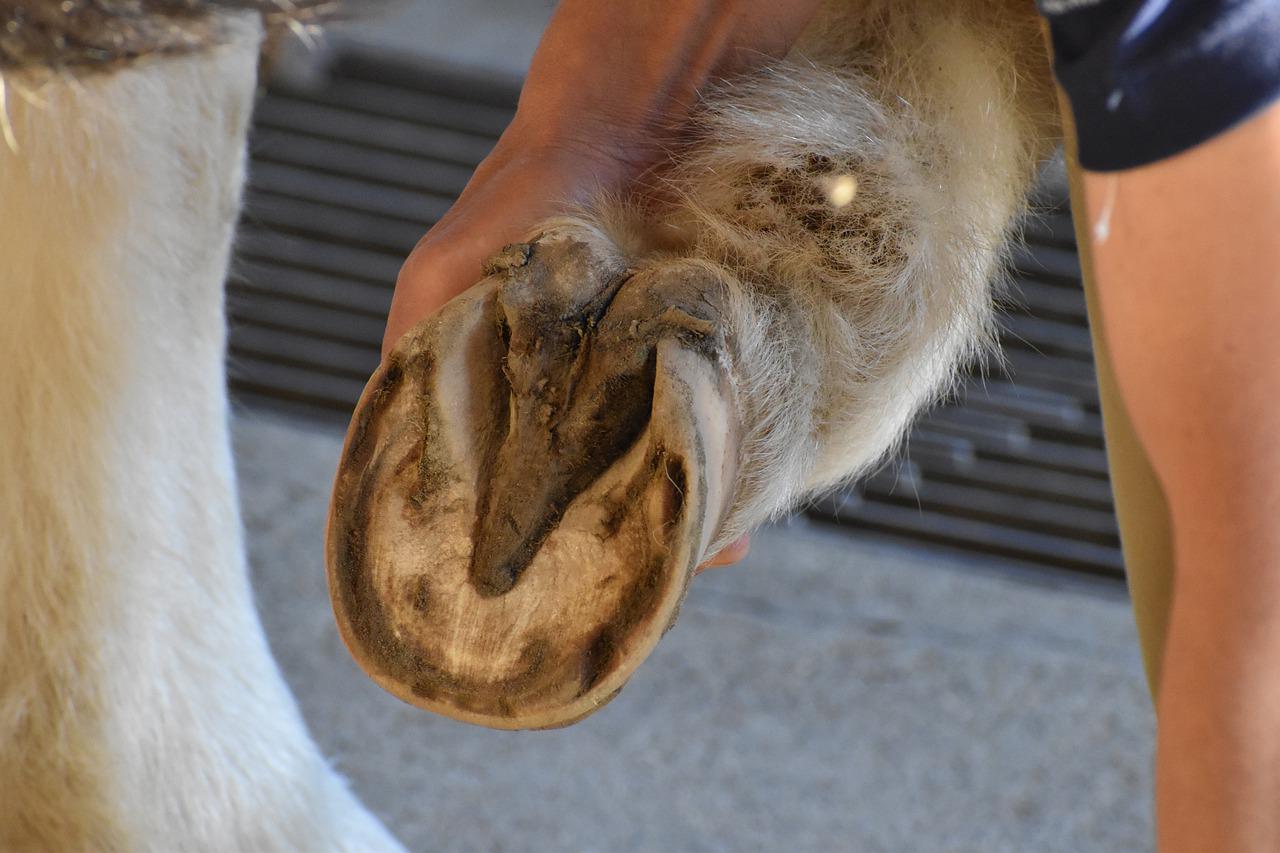
Keeping your horse's hooves in good condition
Daily scraping
The most important thing is to keep the hooves clean. Use a hoof pick to clear out dirt, working from heel to toe.
The frog is one of the most sensitive parts of the hoof. Start with the collateral groove. This deep crevice easily becomes packed with dirt, bedding, rocks, and mud. It is also where bacterial infections can develop if we don’t clean it often.
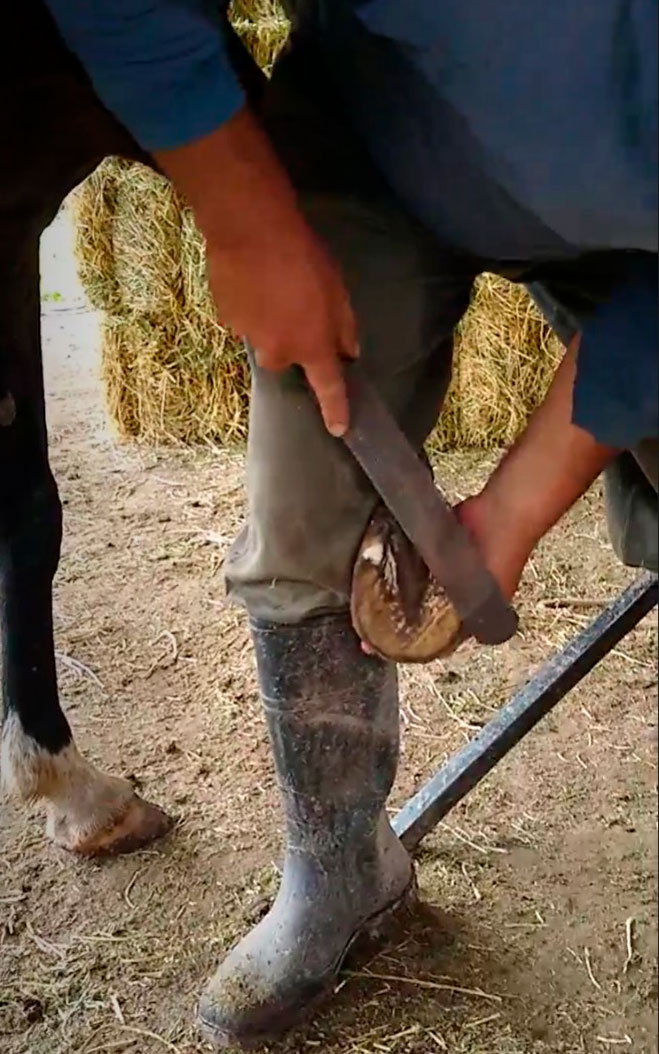

Cleaning the barn
Giving your horse a fresh, clean and cosy stall is crucial. The stall and paddock should be as clean as possible, as ammonia coming from the urea in the urine and feces can have a serious impact on your horse's hooves.
Hoof cracks are the perfect breeding ground for bacteria and can cause thrush.
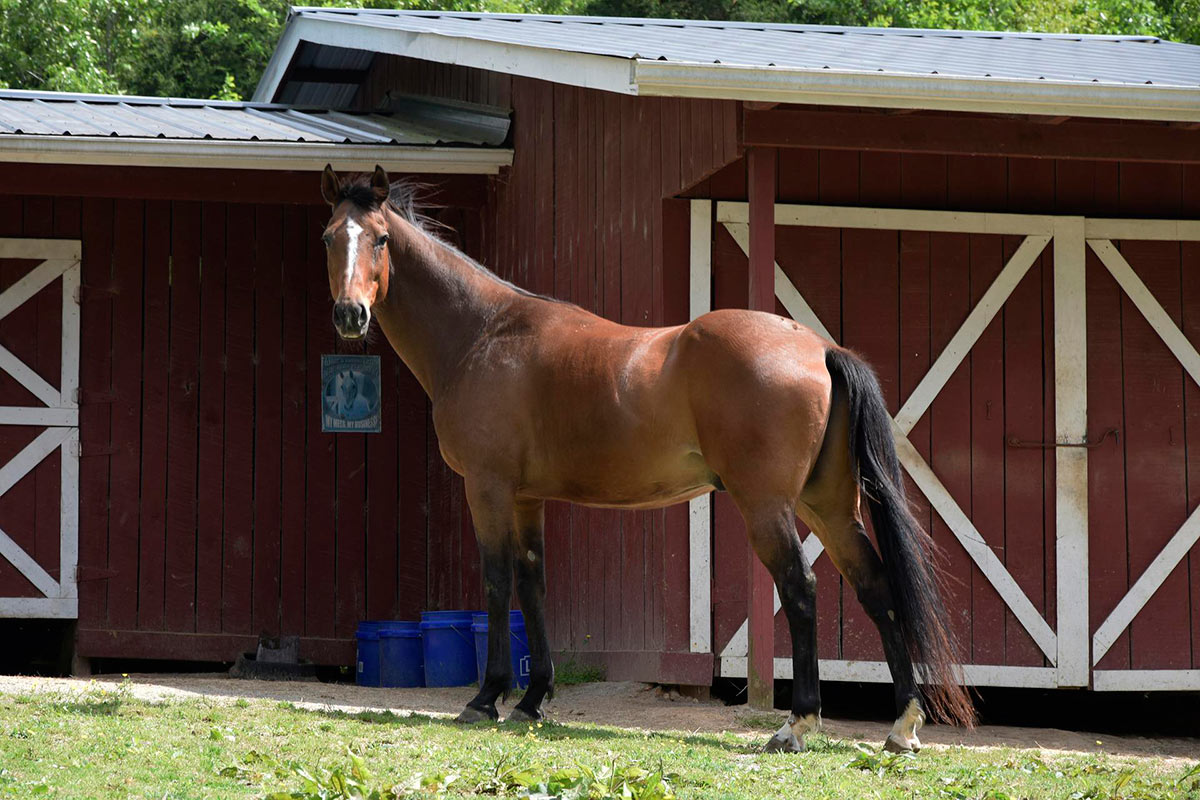
Subscribe to the Ampascachi Community and obtain benefits and exclusive content. Furthermore, we offer free advice on horses and equestrian tourism.
Nutrition
A well-balanced diet will typically contain the nutritional elements needed for optimal hoof growth and health.
The nutrients found in forage are not enough for proper hoof growth.

We should always check that our horse’s diet is balanced and includes all the nutrients:
- Proteins: They are rich in sulphur, which is essential for healthy hoof growth.
- Vitamin A: This vitamin deficiency could cause inflammation around the coronary band of the hoof. You can feed your horse carrots or supplements.
- Vitamin B7 (biotin): It is vital for hoof elasticity and the hardening of hoof horn, preventing cracking. It is produced in the large intestine, but you can add dietary supplements with this vitamin.
- Minerals: Copper, zinc and manganese. In case your horse’s diet is lacking in certain minerals, you can add supplements and specific feed.
- Calcium: It is essential for the firm attachment of one horn cell to another within the hoof, keeping bacteria and fungi out.
Keeping your horse well-hydrated is also vital, especially in hot weather or during heavy, prolonged exercise.
Exercise
Another important aspect is physical activity.
Regular exercise is crucial for healthy hooves and joints. It promotes circulation as it increases blood supply to deliver oxygen and nutrients to the hooves and keeps them healthy, elastic and in optimal conditions.
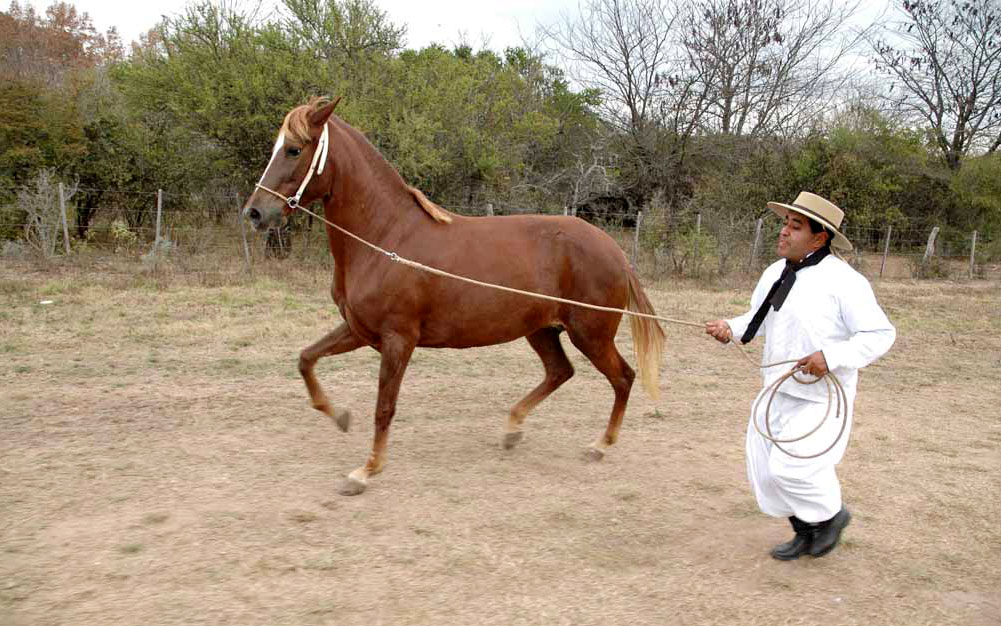
Conclusions
“No foot, no horse.” This is an old saying and also a book by Gail Williams and Martin Deacon, where they describe the consequences of bad shoeing and poor hoof care.
But before farriers do their job, as a horse owner you are the person most responsible for the health and welfare of your horse’s hooves.
In this article, we have seen the importance of keeping hooves healthy and strong, and how this can affect the horse’s welfare. Because your horse's foot health is one of the keys to his overall health and soundness, and everyone – both farriers and caregivers – should take this into account.
We should also analyse the methods to properly shoe a horse. There are different theories about whether or not to shoe a horse.
In an upcoming article, we will deal with horse shoeing.
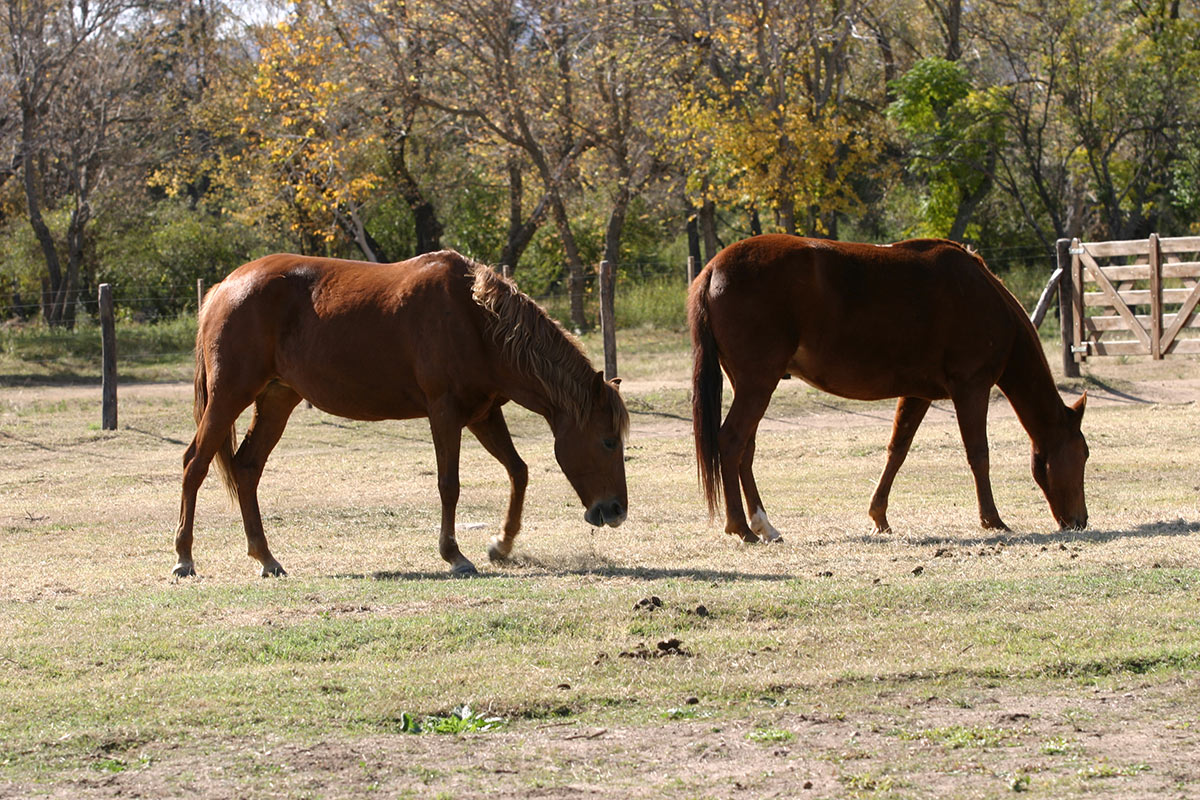
Would you like to delve deeper into the world of horse training?
Download our free guide on Horse training step by step. There we tell you everything we have learned about horse training in more than 25 years of experience.
And if you want to be a professional horse trainer and get field-based training, you should check out our training program. You will have the opportunity to live in our equestrian centre and experience our full training process with young horses.
~
THIS COULD ALSO BE INTERESTING

Horse riding safety tips
Tips from Ampascachi’s experts to be safe on the saddle seat. Wear a helmet, make good use of the stirrups and learn good skills to handle your horse.
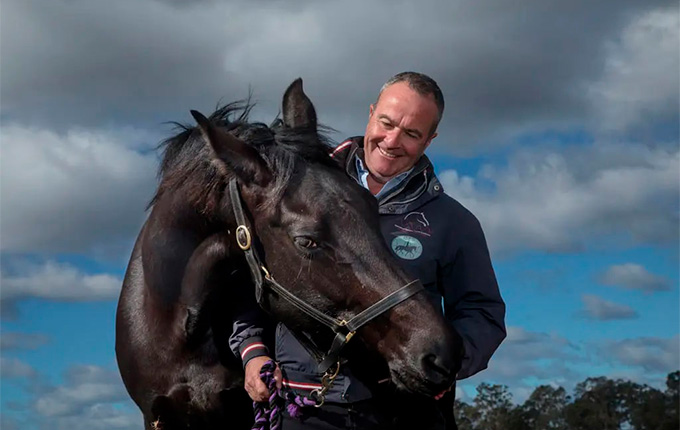
Dr. Paul McGreevy: specialist in horse behaviour and welfare
We have interviewed Dr. McGreevy to gain insight into equine behaviour, horse welfare and the application of learning theory in equitation science.
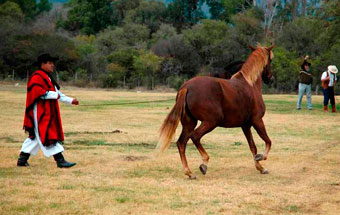
Peruvian Paso Horse II - Morphology
The Peruvian Paso is a middle-sized horse with a harmonic morphology that allows it to walk smoothly and over long distances. Read more about its characteristics!
~
WHAT IS YOUR OPINION? LEAVE A COMMENT
Your comments
This particular summer, my horse’s feet are very dry, probably due to the drought in the soil.
Planning your horse riding holidays?
Join the Ampascachi Community. You will get exclusive advantages and guidance for your next horse riding holiday.


 German
German French
French Spanish
Spanish